Although I hate admitting it, I’m not an innately organized teacher. However, in my 4 years as a special educator, I have definitely learned some tricks of the trade.
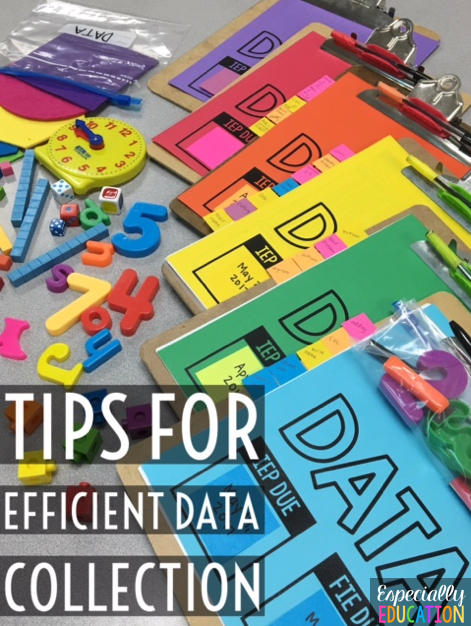
1. Data Clipboards
I have my clipboards hanging from command hooks on two of my cabinet doors. This grab-and-go method is convenient and organized, making it easy for teachers and paraprofessionals to collect data any time during the day. If you have any “throwers,” I would put these out of reach.
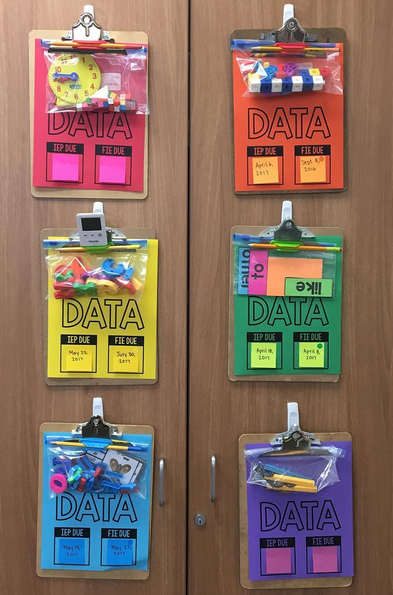
2. Color Coded Cover Sheets
When I saw Teaching Special Thinker’s brilliant rainbow-coded data sheets floating around on Pinterest, I knew I had to implement this in my classroom. I love that each child is assigned their own color, eliminating the need to have any student names visible. My data cover sheets include a spot for the IEP and FIE due dates and can be found here.

3. Post-it Tabs
This ingenious idea comes from Breezy Special education. She sticks little post it notes behind each data sheet, and labels it with the goal content.

My pink tabs are math, yellow tabs are language arts, blue tabs are behavior, orange tabs are reading, and purple tabs represent functional goals. This saves you the time of flipping through the data sheets to find the right one.
4. Data Bags
These manipulative-filled Ziplocs are a game changer. I put all the materials I need to assess the student’s progress inside the bag, and hang it from the child’s clipboard. My data bags currently include: math manipulatives (counters, place value blocks, snap cubes), flash cards, small books, magnetic numbers/letters, dry erase markers, etc.
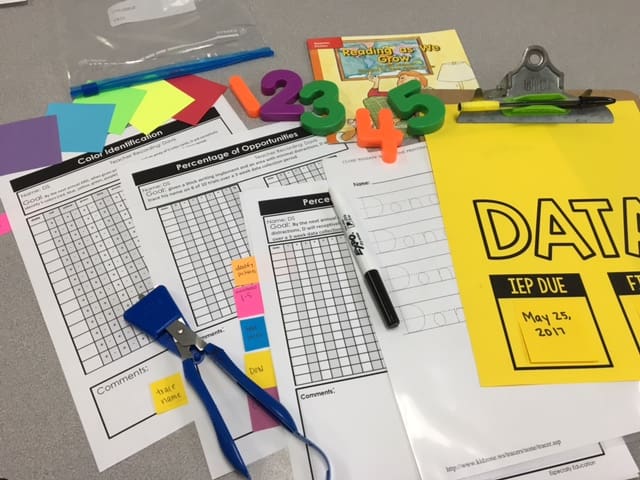
5. Data Sheets
In college, we were required to customize a goal sheet for every student’s IEP goal on our student teaching “caseload.” I absolutely despised this task. However, after watching teachers use one-size-fits-all data sheets, I quickly learned to appreciate this tedious skill.
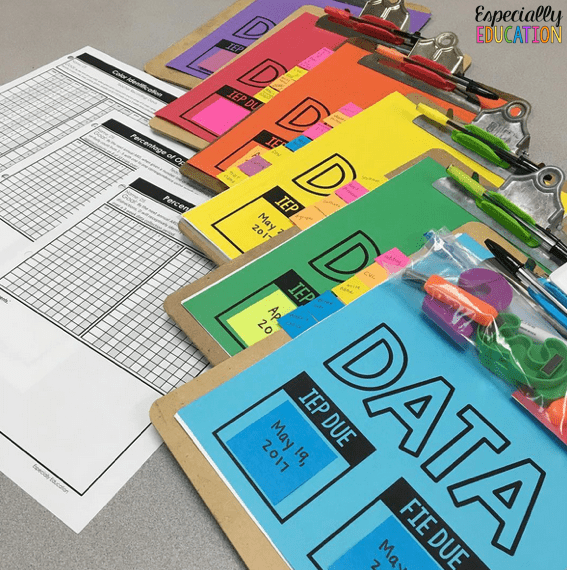
Last year I spent weeks making these editable data sheets. This year? It took me no more than 30 minutes to create personalized data sheets for all of my students using these customizable templates. Probably one of my proudest organized-teacher moments. Check them out here!
These are just a few of my favorite data collection tricks, but I am still learning/seeing new efficient methods every day!
How do you data? What helps you stay organized? What kinds of data sheets do you find useful in your classroom?
Happy collecting!
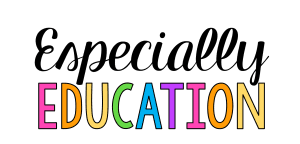
Olenma C Alvarez says
I’m looking for something that I can use easily to track students ability to recognize upper & lowercase letters, sounds and writing. Additionally, having a chart to track kids high frequency words.
I have rheumatoid arthritis and cannot be carrying heavy binders from one place to the next. Any tips or templates?
Terri says
These are great. Do you sell your templates?
I am not techy at all to create them. I’d love to buy something I can print and assemble.
Karla says
I have RA as well. It is difficult to write for an extended amount of time due to pain in my right hand.
I use a Google Sheet to keep track of their goals.
It has:
What their Goals are on top
Then I made a graph with a date, activity, trials, percentage, and a Y/N if they made their goal for that specific activity.
Each tab has my stude to name for easy access. All their goals are on one sheet.
This also helps save paper and keeping everything in a file drawer for 3 years. I just save it in a folder on my Drive with the year.
Especially Education says
This is very helpful. Thank you, Karla.
Especially Education says
Hi Terri,
No tech experience required! You can find the materials at https://www.teacherspayteachers.com/Store/Especially-Education